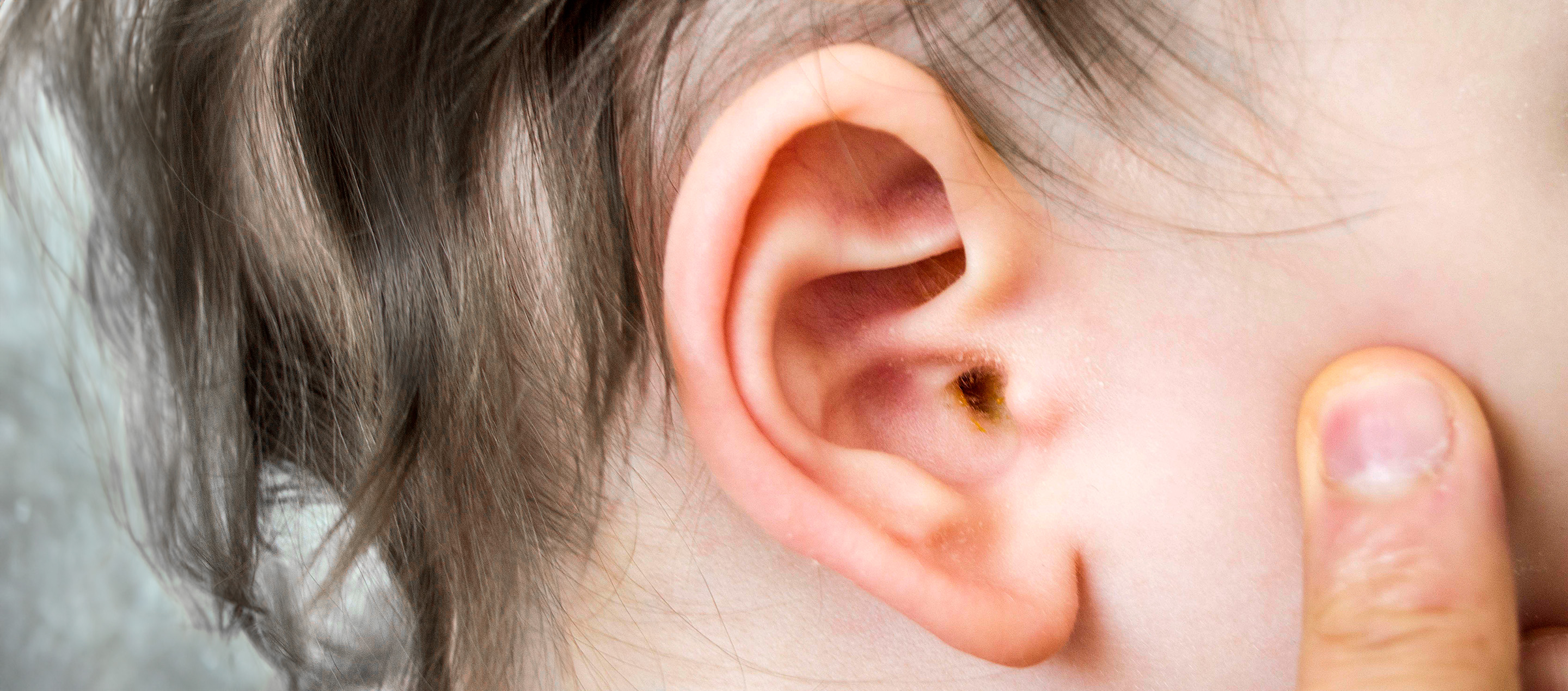
Where does it come from? Where does it go?
Earwax is the mixture of the shredded skin cells from the epidermis and the lubricating secretion from the glands of the ear canal. Foreign bodies, such as dust, insect etc., could also be trapped by the earwax when they entered the ear canal.
In normal circumstances, the actions of chewing, yawning and speaking could help to push the earwax towards the opening of ear canal; the earwax would then fell off from the ear once it dried out. Therefore, ear picking (also called ear scooping) is totally unnecessary and it should be avoided.
Colour, Shape and Smell
Earwax can be categorized as dry earwax and wet earwax. The difference between them lies in the proportion of the lubricating secretion secreted by the glands.
Dry earwax often appears as light grey flakes due to its low concentration in gland secretion; while wet earwax appears to be brown, wet and sticky granule because of the mixing of high amount of the secretion.
Both dry and wet earwax should not have any scent; they would appear to be darker in colour when they aged.
If your earwax appears as yellowish green with sticky or liquified texture, or comes with odor, or mixed with dark-red or black-brown in colour, these could be the signs of infection or injury of the ear; you should promptly seek medical advice early.
Earwax blockage
When earwax builds up and could not be clear-out by the natural process, you might experience discomfort like earache, a feeling of fullness, ringing in ear, impaired hearing and dizziness etc.
In summary, when you experience ear discomfort or earwax buildup, you should consult an ENT specialist for advice. Use of cotton bud or ear-picking to remove earwax would only do more harm than good by pushing the earwax further to the eardrum.










